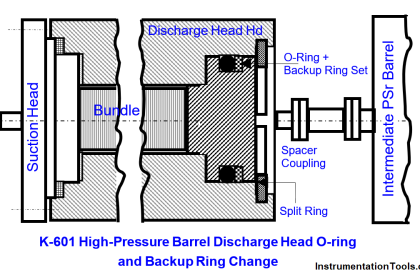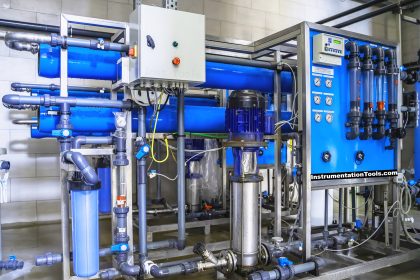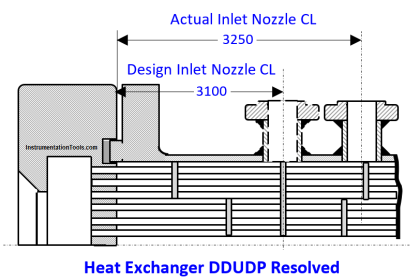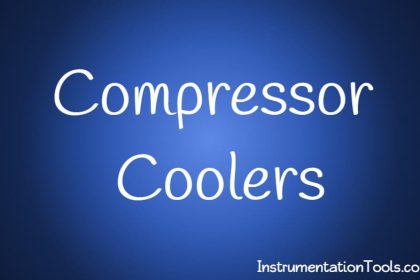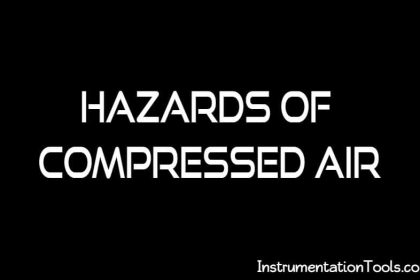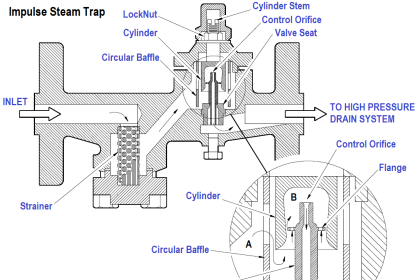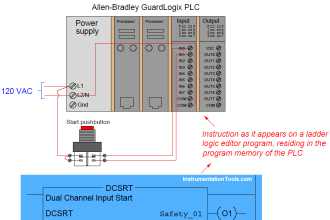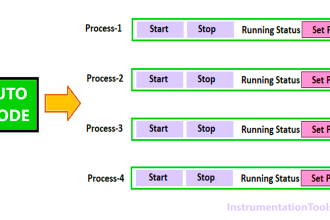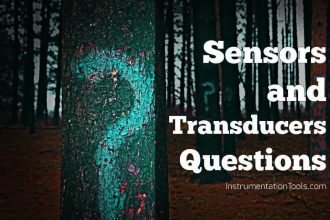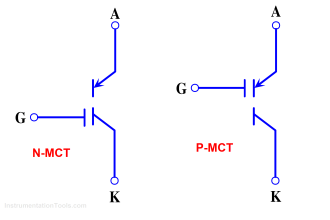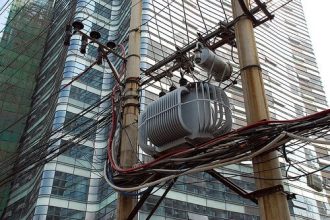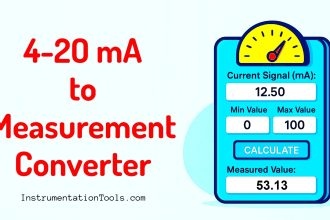In this post, we will see the difference between WTP, ETP, and STP plants.
Water treatment plants are used to convert bad wastewater into drinkable or usable water. The quality of the water coming out of these plants need to be maintained for proper human use.
Such plants are used in almost every industry; as quality water demand is a must for the personnel to use or machines to operate.
Physical and chemical properties of the water change when contaminants, substances are added to it and then, the water becomes harmful for use. So, it is essential to treat them before use.
Treatment Plants for Water

Basically, there are three types of treatment plants for water – water treatment plant (WTP), effluent treatment plant (ETP), and sewage treatment plant (STP). All of them have the sole purpose of treating wastewater.
In this post, we will understand their working and learn some basic differences between them.
Effluent Treatment Plant (ETP)
Effluent is wastewater coming from industrial and factory output. It contains harmful chemicals, toxic and non-toxic material in it.
Every industry must have an effluent treatment plant before disposing of the wastewater into drains. It is against pollution board norms to directly discharge water into the drain without filtering it.
These plants will not only save the industries from polluting the environment; but also allow them to use the final filtered water for their use.
These plants use operations like screening, sedimentation, clarification, centrifuging, evaporation with drying methods, etc. to treat wastewater.
Also, chemicals are added through coagulation, precipitation to break down solid and chemical waste. The final output may not be 100% usable, but it is enough to drain it in disposal waste and also, use it to some content for other processes.
Sewage Treatment Plant (STP)
Sewage is the wastewater coming from household, domestic and commercial outputs. They contain excreta of humans, animals, rainwater, debris from sewers in them.
It contains more solid waste due to the presence of such material in it and is more harmful to human use.
These plants use operations like screening, sedimentation, scrapping, aerobic biology, fixed-film or suspended growth treatment, air blowers, etc. to treat wastewater.
The final output may not be 100% usable, but it is enough to drain it in disposal waste and also, use it to some content for other processes.
Water Treatment Plant (WTP)
In simpler terms, consider a water filter in your home kitchen. The water coming inside the filter can be raw, from a bore well or normal contaminated one in small quantities.
To use it for drinking or other purposes, that filter will process and give the final pure water for use. The same mechanism is used in water treatment plants.
So, compared to ETP and STP plants, they don’t have much rough water in their input for filtration; but their task is to produce 100% usable water for drinking and other purposes.
These plants involve processes like ultra-filtration, use of various filters (softener, activated carbon, multi-graded), RO, ultraviolet lamp usage, electro deionization to treat the incoming wastewater and produce pure output for use.
The main component in all of them is RO (Reverse Osmosis). WTP plant will be ineffective without this process. It is this output that provides 95%-99% of pure water through its membranes and leaves the rest of the dissolved salt in the reject line for drainage.
In this way, we saw some basic differences between the three treatment plants.
If you liked this article, then please subscribe to our YouTube Channel for Electrical, Electronics, Instrumentation, PLC, and SCADA video tutorials.
You can also follow us on Facebook and Twitter to receive daily updates.
Read Next:
